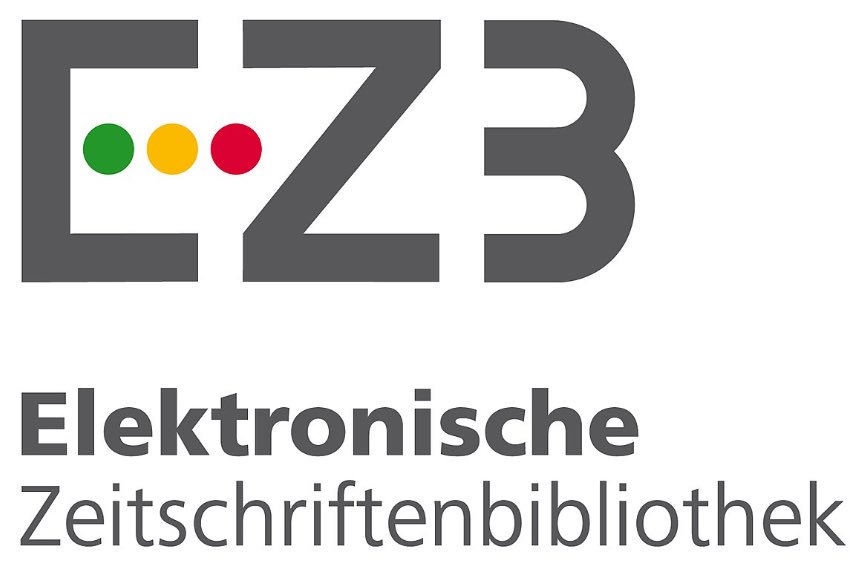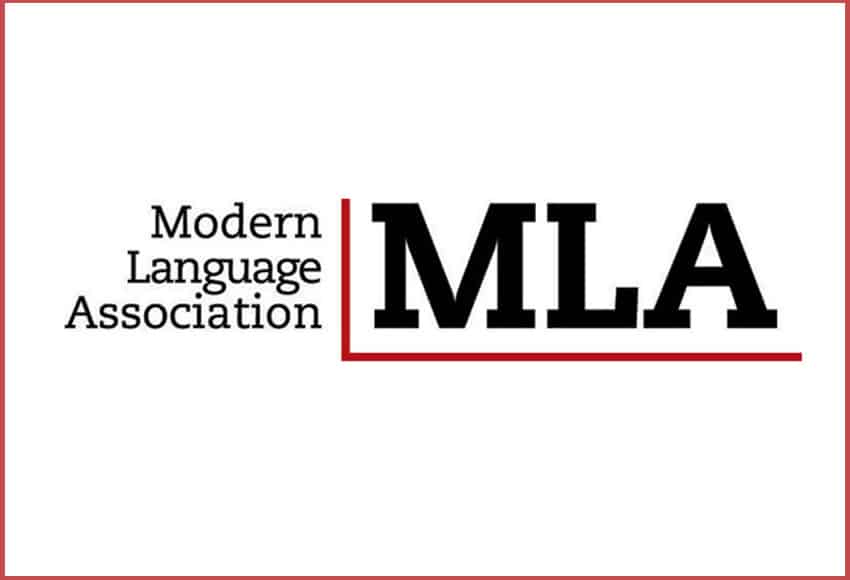Fecha Publicación: 2010-07-01
Cómo citar
Read, S. . (2010). The liar and the new t-schema. Discusiones Filosóficas, 11(17), 119–137. Recuperado a partir de https://revistasojs.ucaldas.edu.co/index.php/discusionesfilosoficas/article/view/564
Más formatos de cita
Autores/as
Resumen
Desde que Tarski publicó su estudio sobre el concepto de verdad en los años 30, ha sido una práctica ortodoxa el considerar que toda instancia del esquema T es verdadera. Sin embargo, algunas instancias del esquema son falsas. Éstas incluyen las instancias paradójicas ejemplificadas por la oración del mentiroso. Aquí se demuestra que un esquema mejor permite un tratamiento uniforme de la verdad en el que las paradojas semánticas resultan ser simplemente falsas.
Palabras clave
Citas
ALBERT OF SAXONY. (1974). Perutilis Logica. Venice 1522, repr. Olms.
BURIDAN, J. (2001). Summulae de Dialectica. Klima, G. (Tr.). New Haven, CT: Yale University Press.
CARNAP, R. (1963). “Intellectual autobiography in P. Schilpp”. In: The Philosophy of Rudolf Carnap. (pp. 3-84). La Salle, IL: Open Court.
COFFA, J. A. (1991). The Semantic Tradition from Kant to Carnap: To the Vienna Station. Cambridge: Cambridge University Press.
CHURCH, A. (1940). “A formulation of the simple theory of types”. In: Journal of Symbolic Logic, vol. 5, p. 56-68.
DAVIDSON, D. (1969). “True to the facts”. In: Journal of Philosophy, vol. 66, p. 304-323. Reprinted in his Inquiries into Truth and Interpretation. Oxford: Clarendon Press, 1984. p. 37-54.
DODD, J. (2001-2002). “Is truth supervenient on being?” In: Proceedings of the Aristotelian Society, vol. 102, p. 69-86.
HINTIKKA, J. (1975). “A counterexample to Tarski-type truth-definitions as applied to natural languages”. In: Philosophia, vol. 5, p. 207-212.
HORWICH, P. (1993). “In the truth domain”. In: Times Literary Supplement 4711, p. 28.
________. (1998). Truth. 2d. Ed. Oxford: Clarendon Press.
INSOLUBILIA. (2009). “Inncyclopedia Britannica”. In: Roure, M. L. La problematique des propositions insolubles au XIIIe siecle et au debut du XIVe, suivie de l’edition des traites de W. Shyreswood, W. Burleigh et Th. Bradwardine. In: Archives d’Histoire Doctrinale et Littéraire du Moyen Age, vol. 37, p. 205-326.
KRIPKE, S. (1975). “Outline of the theory of truth”. In: Journal of Philosophy, vol. 72, p. 690-716.
MOODY, E. A. (1953). Truth and Consequence in Medieval Logic. New York: Greenwood Press.
PRIOR, A. (1962). “Some problems of self-reference in John Buridan”. In: Proceedings of the British Academy, vol. 48, p. 281-296.
READ, S. (2002). “The liar raradox from John Buridan back to Thomas Bradwardine”. In: Vivarium, vol. 40, p. 189-218.
TARSKI, A. (1936). “The establishment of a scientific semantics” (Tr.). In: WOODGER, J. (Ed.). Logic, Semantics, Metamathematics. 2d Ed. Corcoran, J. (Tr.). Indianapolis: Hackett, 1983. p. 401-408.
________. (1983). Logic, Semantics, Metamathematics. 2d Ed. Woodger, J. (Ed.). Corcoran, J. (Tr.). Indianapolis: Hackett.
WITTGENSTEIN, L. (1961). Tractatus Logico-Philosophicus. Pears, D. & McGuinness, B. (Trs.). London: Routledge and Kegan Paul.
WRIGHT, C. J. G. (1992). Truth and Objectivity. Cambridge, MA: Harvard University Press.
YAQUB, A. (1993). The Liar Speaks the Truth. Oxford: Oxford University Press.
BURIDAN, J. (2001). Summulae de Dialectica. Klima, G. (Tr.). New Haven, CT: Yale University Press.
CARNAP, R. (1963). “Intellectual autobiography in P. Schilpp”. In: The Philosophy of Rudolf Carnap. (pp. 3-84). La Salle, IL: Open Court.
COFFA, J. A. (1991). The Semantic Tradition from Kant to Carnap: To the Vienna Station. Cambridge: Cambridge University Press.
CHURCH, A. (1940). “A formulation of the simple theory of types”. In: Journal of Symbolic Logic, vol. 5, p. 56-68.
DAVIDSON, D. (1969). “True to the facts”. In: Journal of Philosophy, vol. 66, p. 304-323. Reprinted in his Inquiries into Truth and Interpretation. Oxford: Clarendon Press, 1984. p. 37-54.
DODD, J. (2001-2002). “Is truth supervenient on being?” In: Proceedings of the Aristotelian Society, vol. 102, p. 69-86.
HINTIKKA, J. (1975). “A counterexample to Tarski-type truth-definitions as applied to natural languages”. In: Philosophia, vol. 5, p. 207-212.
HORWICH, P. (1993). “In the truth domain”. In: Times Literary Supplement 4711, p. 28.
________. (1998). Truth. 2d. Ed. Oxford: Clarendon Press.
INSOLUBILIA. (2009). “Inncyclopedia Britannica”. In: Roure, M. L. La problematique des propositions insolubles au XIIIe siecle et au debut du XIVe, suivie de l’edition des traites de W. Shyreswood, W. Burleigh et Th. Bradwardine. In: Archives d’Histoire Doctrinale et Littéraire du Moyen Age, vol. 37, p. 205-326.
KRIPKE, S. (1975). “Outline of the theory of truth”. In: Journal of Philosophy, vol. 72, p. 690-716.
MOODY, E. A. (1953). Truth and Consequence in Medieval Logic. New York: Greenwood Press.
PRIOR, A. (1962). “Some problems of self-reference in John Buridan”. In: Proceedings of the British Academy, vol. 48, p. 281-296.
READ, S. (2002). “The liar raradox from John Buridan back to Thomas Bradwardine”. In: Vivarium, vol. 40, p. 189-218.
TARSKI, A. (1936). “The establishment of a scientific semantics” (Tr.). In: WOODGER, J. (Ed.). Logic, Semantics, Metamathematics. 2d Ed. Corcoran, J. (Tr.). Indianapolis: Hackett, 1983. p. 401-408.
________. (1983). Logic, Semantics, Metamathematics. 2d Ed. Woodger, J. (Ed.). Corcoran, J. (Tr.). Indianapolis: Hackett.
WITTGENSTEIN, L. (1961). Tractatus Logico-Philosophicus. Pears, D. & McGuinness, B. (Trs.). London: Routledge and Kegan Paul.
WRIGHT, C. J. G. (1992). Truth and Objectivity. Cambridge, MA: Harvard University Press.
YAQUB, A. (1993). The Liar Speaks the Truth. Oxford: Oxford University Press.

 PDF
PDF
 FLIP
FLIP





















